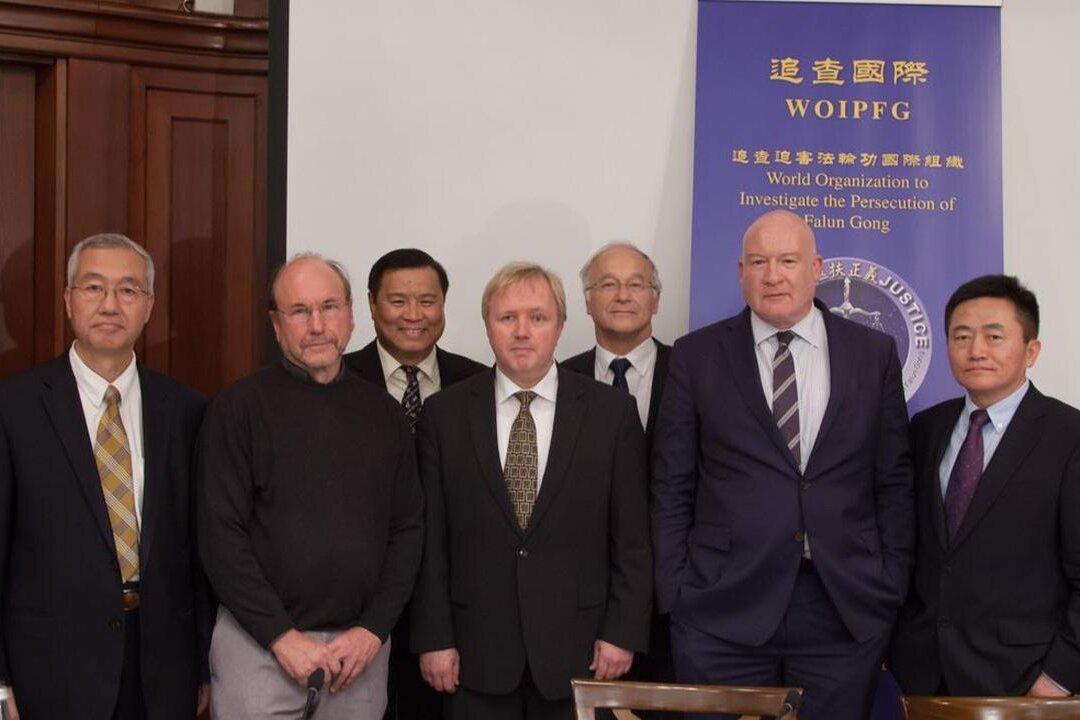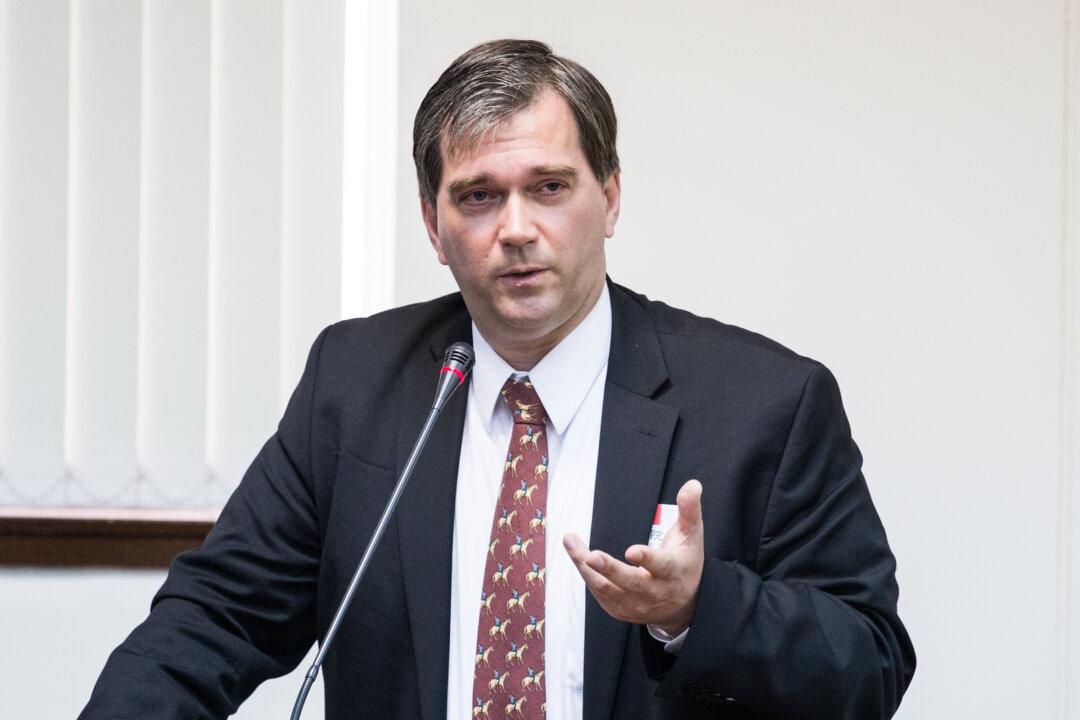Designed to be the first train to exceed 220 miles per hour in an arctic climate, the Harbin-Dalian High-Speed Railway in northeast China actually runs at nearly half that: less than 125 miles per hour. Poor construction, due to widespread corruption in the Ministry of Railways, has been blamed.
Operation began last December, but after ongoing safety issues, the railroad operator has postponed its promise to raise the speed to 188 miles per hour by April, according to 21st Century Business Herald.
The project cost more than 100 billion yuan (US$62 billion), and took over five years to complete. Construction was approved in 2005 with a budget of US$51 billion, and began in 2007. By the time it was completed in 2012, the total cost was well over US$63 billion.
The railroad is located in an arctic climate, where temperatures can drop to minus 40 degrees Fahrenheit; there are special construction and material requirements for the roadbed, steel tracks, and electrical contact system, according to a railroad expert referred to in the report.
Du Houzhi, former general manager of the railroad’s operator, was removed from his post in 2011, and investigated for corruption, as his decision-making power during bidding and construction was thought to be directly responsible for the railroad’s defects.
In the Herald report, a person who knew Du described him as a greedy, imperious micromanager, who wanted to profit from all aspects of the project.
While Du was running the company, there were numerous engineering quality and safety incidents, such as excessive roadbed settlement, and a partial bridge collapse. During the testing phase, a large section of roadbed was deformed by frost heaving due to inferior materials.
A materials supplier told the Herald these problems will be difficult and expensive to solve, and any attempt to fix it will be dangerous for workers, as the service is already in operation.
Translation by Hsin-Yi Lin. Written in English by Cassie Ryan.
Read the original Chinese article.
The Epoch Times publishes in 35 countries and in 21 languages. Subscribe to our e-newsletter.





